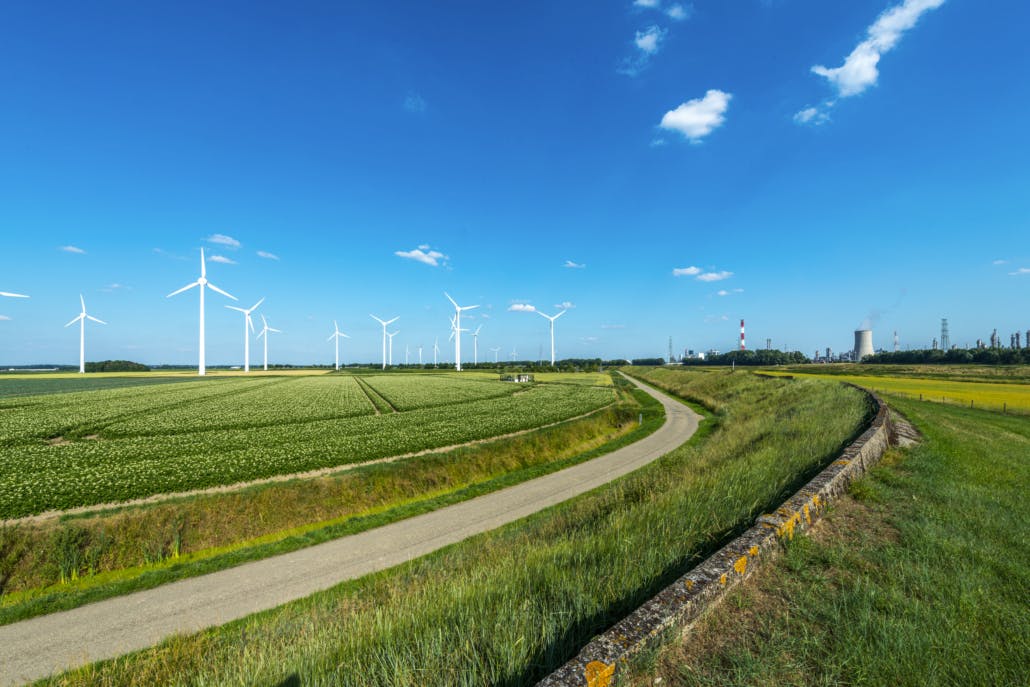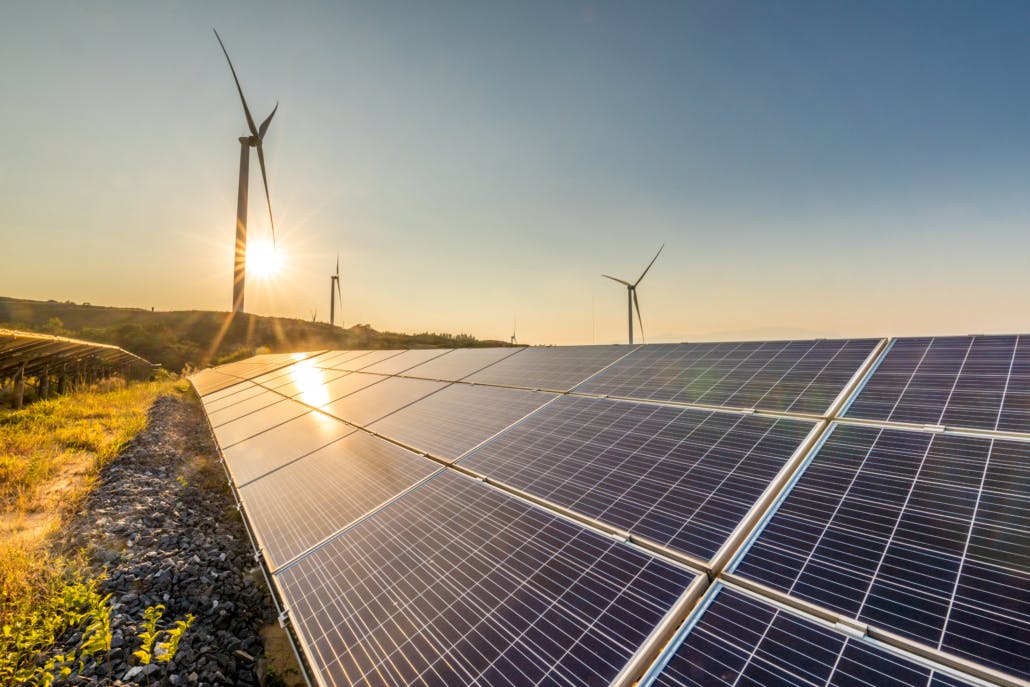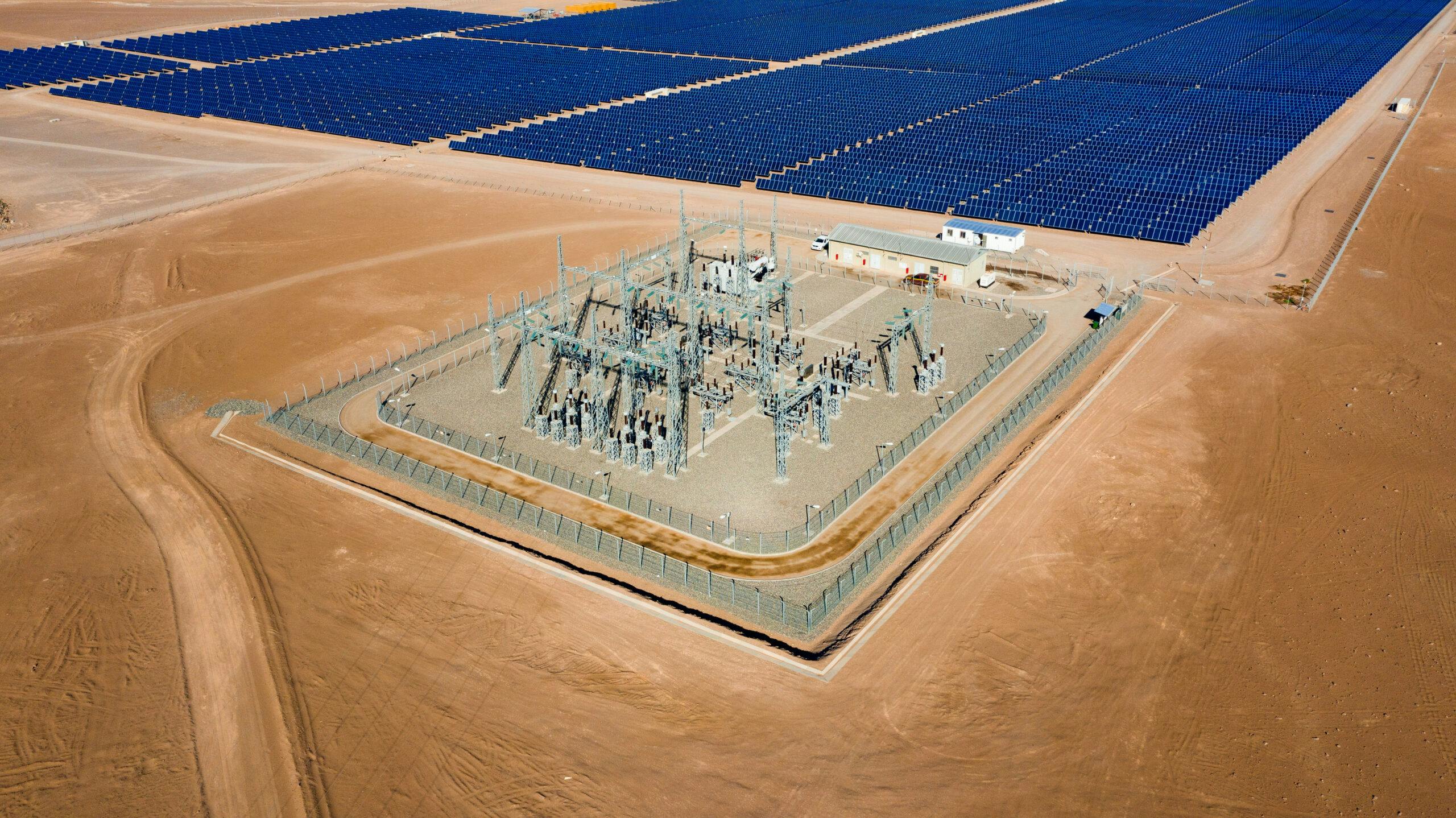Navigating the Energy Transition: The Impact of COP 28 Agreements on Corporate Strategy

Under the new Dubai Agreement, a mandate to triple renewable energy installations by 2030 positions businesses at the forefront of decarbonization efforts. Companies now have the unique opportunity to lead through clean, competitively priced Power Purchase Agreements (PPAs), shaping the future of global energy markets.
At the recent Conference of the Parties to the United Nations Framework Convention on Climate Change (COP 28), held from November 30 to December 12, 2023, in Dubai, 198 countries ratified the Dubai Agreement. This marked a pivotal shift, with fossil fuels explicitly acknowledged in the final document as beginning their phase-out.
The conference set ambitious targets: tripling global renewable energy capacity to 11 terawatts, doubling the rate of energy efficiency improvement annually from 2% to 4% by 2030, and committing to a significant reduction in coal usage. Moreover, the agreement promotes the replacement of coal with zero- and low-emission technologies and underscores the need for swift adoption of zero- and low-emission vehicles to expedite decarbonization.
Signatories also pledged to eliminate fossil fuel subsidies that fail to address energy poverty or support the transition, aiming to catalyze action this decade to reach net zero emissions by 2050. However, the absence of specific commitments to reduce oil, gas, and coal usage casts some doubt on the effectiveness of these measures in achieving the Paris Agreement’s goal of capping global warming at 1.5°C by the century’s end.
According to the UN Global Pact, achieving the 1.5°C target necessitates a 43% reduction in global greenhouse gas emissions by 2030, and a 60% reduction by 2035 relative to 2019 levels, leading to net zero carbon dioxide emissions by 2050. Contrasting this, the World Wildlife Fund, Inc. (WWF) highlights a concerning forecast based on current Nationally Determined Contributions (NDCs), projecting only a 14% reduction by 2030—substantially less than required.
Adding complexity, OPEC forecasts an uptick in oil demand, with global consumption projected to rise by 2.2% in 2024, reaching an average of 104.4 million barrels per day, up from 102.1 million in 2023. The United States is expected to see a modest 1% increase in 2024 and 1.5% in 2025, while the Eurozone is anticipated to experience smaller increments of 0.5% and 1.2%, respectively. Moreover, China, a major oil consumer, is not only ramping up domestic production but also boosting imports, strategically bolstering its reserves for future years.
Financing the Battle Against Climate Change: A Core Debate at COP 28
One of the primary debates at COP 28 revolved around financing to boost the fight against climate change.
In this regard, the Green Climate Fund (GCF) received a new boost: six countries pledged to contribute to its financing, bringing pledges to a record $12.8 billion from 31 countries; new contributions are also expected.
In addition, eight governments announced grants totaling US$174 million for the Least Developed Countries Fund and the Special Climate Change Fund, and nearly US$188 million in new contributions to the Adaptation Fund were also committed.
However, the UN Climate Change warns that the billions of dollars needed to support developing countries in the transition to clean energy are still a long way off. To achieve this financing, the Global Compact highlights the importance of reforming the multilateral financial architecture and accelerating the creation of new and innovative sources of finance.
The Economic Commission for Latin America and the Caribbean (ECLAC), in its study entitled “Economics of Climate Change in Latin America and the Caribbean 2023: Financing Needs and Policy Tools for the Transition to Low-Carbon and Climate-Resilient Economies,” indicates that meeting climate action commitments requires an investment of between 3.7% and 4.9% of regional GDP per year until 2030. By comparison, in 2020, climate finance in Latin America and the Caribbean accounted for only 0.5% of regional GDP. Therefore, closing the climate finance gap requires increasing domestic and international resource mobilization by seven to ten times.
The private sector’s role in the energy transition
Providing financial support to the private sector could be an option for advancing decarbonization. The objective is for clean energy producers to move forward with their projects and offer renewable electricity supply at competitive prices. Instruments such as the Green Climate Fund, credit lines from banks, or the issuance of green bonds can be used for this purpose.
In this regard, in 2021, Atlas Renewable Energy obtained US$253 million in green bond format, which allowed it to develop its ‘Ananuca Financing’ deal, which re-financed the Javiera Solar Plant (69.5 MW) and promoted the construction of the Sol del Desierto Solar Project (230 MW), both in Chile.
The Javiera plant supplies clean energy for 15% of the energy needs of one of Antofagasta Minerals’ (AMSA) mines, one of the world’s largest copper companies.
Another landmark case involves Albras, Brazil’s largest primary aluminum producer. In November last year, the company received the largest dollar financing from BNDES for the largest solar PPA in Latin America with Atlas Renewable Energy: starting in 2025, and for 21 years, the manufacturer will receive clean and competitive energy from the 902 MWp Vista Alegre solar plant, which will prevent the emission of 2.4 million tons of CO₂. For comparison, the energy contracted between Atlas Renewable Energy and Albras is sufficient to power over three million people.
Both cases relate to a global trend that is growing year by year. According to BloombergNEF, in 2022, private companies and public institutions signed record Power Purchase Agreements (PPAs): 36.7 GW, 18% more than in 2021.
BloombergNEF highlights that since 2008, 167 organizations have concluded PPA agreements in 36 markets worldwide for 148 GW of clean energy, a significant figure that exceeds France’s total power generation capacity.
Among organizations that signed clean energy agreements in 2022, Amazon leads the list, with 10.9 GW of PPAs signed, followed by Meta (2.6 GW), Google (1.6 GW), and Microsoft (1.3 GW). This exemplifies the need for technology companies to obtain clean, competitive energy to meet their growing electricity demand.
In the Americas, signed contracts increased by 18% to a record 24.1 GW, with growth in both the United States and Latin America.
Therefore, promoting more significant lines of financing for companies to embark on their path to decarbonization quickly will be vital in reversing climate change. Countries also need to offer better incentives and conditions for investment.
Against this background, fossil fuel subsidies soared to USD 7 billion in 2022. Eliminating subsidies would, it is estimated, increase public income by 4.4 billion dollars and make polluting energies less competitive with clean energies.
According to the United Nations Development Programme (UNDP), the global energy sector accounts for 73% of annual greenhouse gas emissions. In contrast, annual energy-related carbon dioxide emissions will have to be reduced by 70% by 2050. In this respect, renewable energies, energy efficiency, and a substantial increase in electrification can contribute more than 90% of the necessary reduction in polluting emissions.
The challenge of the upcoming summits
The upcoming two years will be crucial. At COP29, to be held in Azerbaijan, governments must set a new target for climate finance that reflects the scale and urgency of the environmental challenge. And at COP30, to be hosted by Brazil, they must come prepared with new Nationally Determined Contributions (NDCs).
“We must get down to work to implement the Paris Agreement fully,” said Simon Stiell, executive secretary of UN Climate Change. Stiell recalled that “by early 2025, countries must submit new Nationally Determined Contributions. Every commitment to finance, adaptation, and mitigation must bring us in line with a 1.5-degree world.”
Conclusion
COP28 has established objectives summarized by its protagonists as “the beginning of the end” of the fossil fuel era, which implies, among other measures, tripling the capacity to generate renewable energies. But for the energy transition to proceed according to the deadlines required by the environmental goals, vigorously increasing global financing for clean energies will be essential.
With this financing, companies can access long-term, low-rate loans to develop renewable energy generation projects. This will encourage more energy-consuming companies to enter competitive price supply agreements (PPAs).
The involvement of both public and private companies in decarbonization is a trend that grows annually. Still, the acceleration of decarbonization will depend on the incentives, regulations, and conditions set by governments.
In partnership with Castleberry Media, we are committed to caring for our planet. Therefore, this content is environmentally responsible.
Share This Entry

